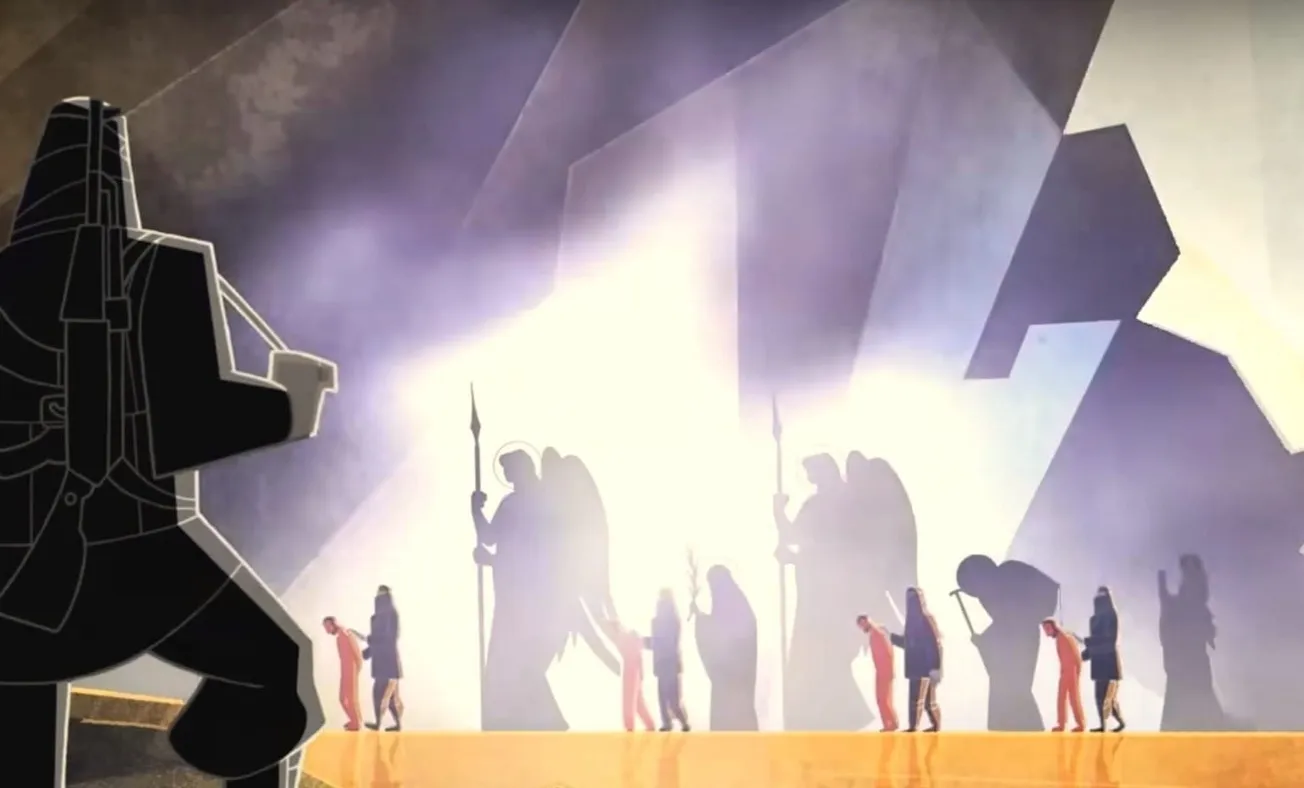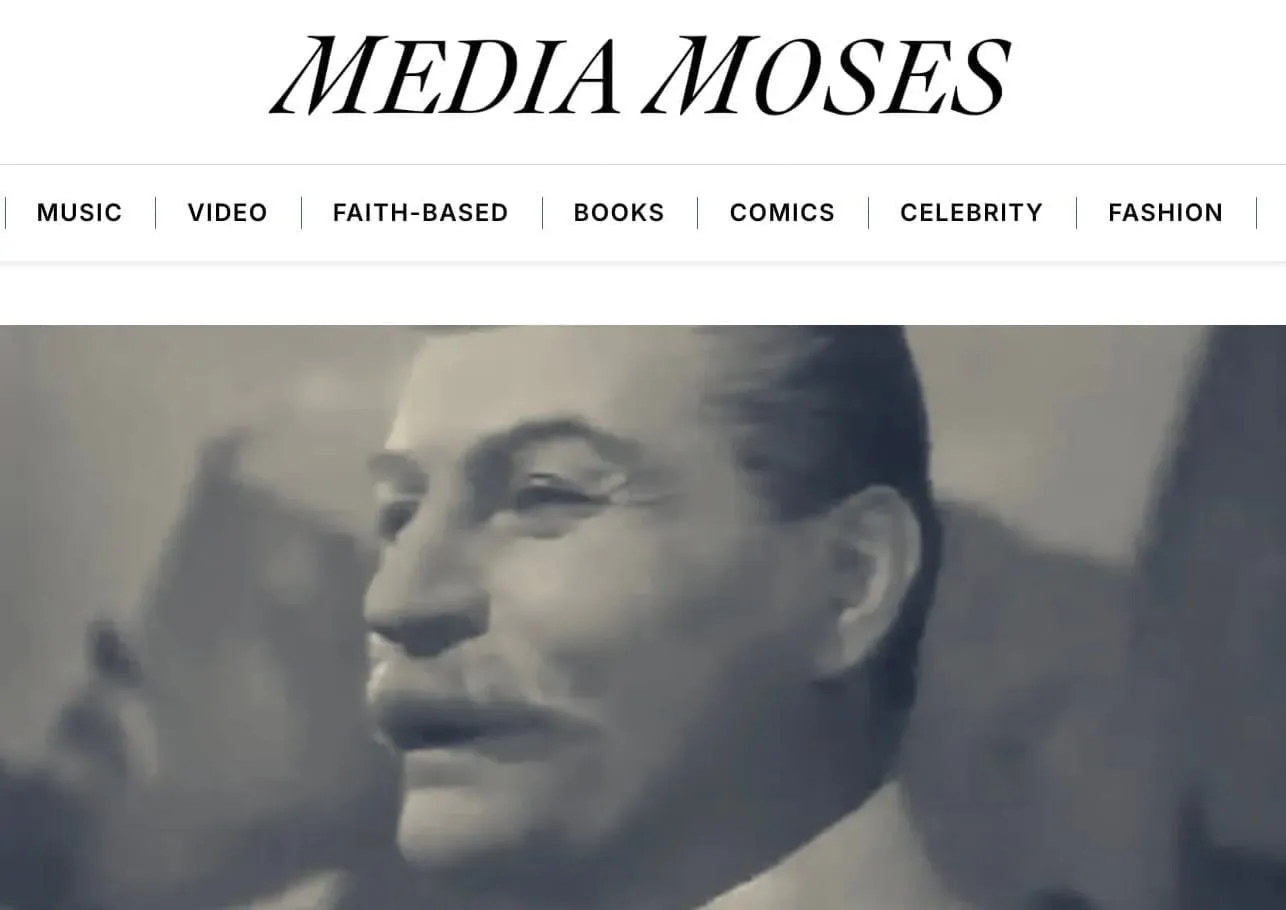This has happened before in filmmaking. From George Lucas to James Cameron, Christopher Nolan, Guillermo Del Toro: the work of streamlining or enhancing the filmmaking process using technology is always an impressive work that you see in the film industry, tangentially to the films themselves.
One of the primary identifiers of the art form is tech advancement, in an effort to up-the-game in filmmaking. Some of the biggest and best filmmakers in Hollywood are known for their contributions to the technological aspects of filmmaking, just as much as to the craft.
This is also what I participate in as a filmmaker, since I view filmmaking not only as a director but also as a producer. Producing is about the effective use of resources, including the technical aspects of the filmmaking with an interest to effectively execute great filmmaking, while also tightening the belt for efficiency’s sake. Technology often accomplishes this best, and recently a few of these Hollywood advancements have been inspiring filmmakers from small indies to the big streamers & studio heavyweights.
There are ones that are less than impressive, such as the de-aging technology we get to see more and more from people like Disney, but doing this well has proven to be very difficult so far. Typically, you still see what’s called the “Uncanny Valley”, which is describing the uncomfortable feeling you get when you know this is not an authentic depiction of this character on screen.
But then there are the better ones, such as what we see here with Gareth Edward’s The Creator, but the other one I take note of is “The Volume” as used in The Mandalorian, from a few years back. Another one like this is using a motion capture suit with a game engine like Unity (The Volume often uses a similar tech with Unreal engine), but this is a continually developing technology, which is currently being refined through the gaming industry more than in films. These techs are making great strides in the last few years, and now due to the marketing work that has happened on The Creator, we can see just how inspiring and impressive this tech can be.



So what are we seeing now? I guess you’d call it the democratization of full frame camera tech to assist in on-location VFX environment acquisition. Not sure if they’ve coined a term for this yet, but that’s effectively what it is. The key to this is pairing an effective small form-factor camera to your post-production needs, in this case the Sony FX3. This is really not a special technique when you really look into it, but a refinement of on-set production efficiencies that influence your creative tools. What is special is the fact that this type of camera (both a small form-factor such as a DSLR along with being a full frame sensor to pair well with VFX demands) has not always been available, even to the heavy-hitters in Hollywood.
They have been making cameras with great sensors for quite some time, but making them easy to travel with and able to shoot run & gun? Not exactly. This can effectively cut down on your travel and production team expenses enormously. Even cutting it in half. You can become a skeleton crew with Hollywood-level production quality, on location. For the most part this has been unheard of with films of the sci-fi genre, which require more VFX, and typically filmed on enormous sets, such as the ones you’ll find in Georgia at Pinewood and Trilith where Disney shoots the Marvel films.
Obviously there’s a learning curve here that not everyone can achieve; a Director of Photography that can use this equipment run & gun and a VFX Supervisor or Post Consultant on set that can assist to match images with the finished vision. My guess is that Edwards’ experience allowed him to do much of this facilitation work himself in order to fully capitalize on this new cost-cutting production team model. He’s going to have an exceptional DP and an additional camera op for some sequences, just like he’ll likely need a dedicated sound or lighting guy, but still the enormous amount of cost-savings here are really ground-breaking.
Why is this true? How? Let’s go through it.
- The typical Hollywood sci-fi crew will be hundreds of people, literally. It’s not just in studio, on location this is no different. Human Resources is the lion-share of the expense for ANY business, so this is the most powerful measure.
- Low light sensors that Sony is known for (such as on the Sony FX3) have been in their DSLR-style cameras for a few years now, but this is an even more powerful camera than say, the A7s cameras that were the previous low light DSLR of choice. This has an even better sensor that earns the cinema camera label, but gives you the same low cost ecosystem that a DSLR can provide. This small form factor means you don’t need dollies, or to lay down track, or big camera rigs. Instead, a light gimbal and small jib will accomplish a great deal, along with the new drone tech (this is another tech we have been seeing more and more, in say, the last decade) which can give you shots you couldn’t accomplish just a few years ago. But even more than this, it does not require even half of the lighting power (and therefore electrical needs) that used to be required, before we had these great low-light sensors. We’re literally talking a third of the lights and power. This makes setup time reduced on set, but also again, it reduces your travel cost enormously.
- Edward’s great experience with VFX-heavy filmmaking allows him to understand and meet the needs of a VFX studio during post far more effectively, such as changing his shooting techniques and applying additional standards that most film productions don’t even have to think about. He sets up shots FOR the VFX (effecting color, lighting, and framing), and he also ensures he can provide a finished cut of the film to that VFX studio, which reduces possibility of reshoots, and expanding run-away costs in post. Your VFX studio will thank you for this single act, and will likely work even harder for you when you as a filmmaker are willing and able to go the extra mile this way. This is what filmmaking teamwork is about, but the truth is many filmmakers can’t accomplish this.
- Using barely no green screen, and instead relying on small sets with extensions are all additional solutions that make your post techniques limited but effective- if you know what you want and you know how to do it. In Edwards’ case, his acquired sense of scale as a filmmaker enhances his ability to accomplish this particular goal for this particular story. So, you’ve made the decision on how you are doing VFX, you know how to accomplish it, and you are doing it by adding only particular elements to frame, in only a certain way to get the desired shot. In the case of VFX, this is like relying on one type of VFX instead of many. There will be no need to pretend that any and all VFX techniques can be thrown at the wall to see what sticks. This also means that, instead of contracting with numerous kinds of VFX studios, studios that work in separate and unique disciplines, you may rely on a large number that do similar kinds of work, speeding up your process. Again, this may represent a halving of your costs, or more, as long as you know what you want and you are only filling in particular elements, not whole environments.
These measures applied effectively explains the $89m cost of production on a film that typically would be a $200m to $250m production cost. And compared to today’s typical $250m Marvel film, it looks even better.
These aren’t just numbers. This represents not only being in the black for the studio but likely a few million in profits for EACH key player above-the-line who worked on this film, instead of maybe a million, or maybe NOTHING on top of their normal salary.
This represents how an entire industry can grow, such as what we saw with Sound of Freedom‘s level of profits. Lately, we as filmmakers were beginning to feel this was impossible for a filmmaker to do with such expensive costs happening in the sci-fi genre. Obviously this limits the sci-fi makers to the big studios like Disney, or Netflix, but for faith-based or conservative film studios like DW? Say goodbye to that dream.
Here’s an indie filmmaker giving us his opinion on all this.
Now we are seeing that Disney or Netflix or Apple+ might not be the ONLY ones who can play in this sandbox, if we can get some Gareth Edwards-level filmmakers out here. I believe this is possible for us. So, let’s start making it happen! Start small and let’s turn that vision into a reality.
This December we will get to see firsthand the level of sci-fi that faith-based filmmakers can achieve with the Angel Studios film The Shift, coming December 1st to theaters! And hopefully there will be more of this experimentation, as we continue to pay-it-forward and support these filmmaking efforts!
Did you enjoy this article? Did you get to see The Creator, and did you hear about how the film was made? Let us know what you think of these new tech advancements or what you thought of the film itself! Comment on our social media, or down below (with subscription).








